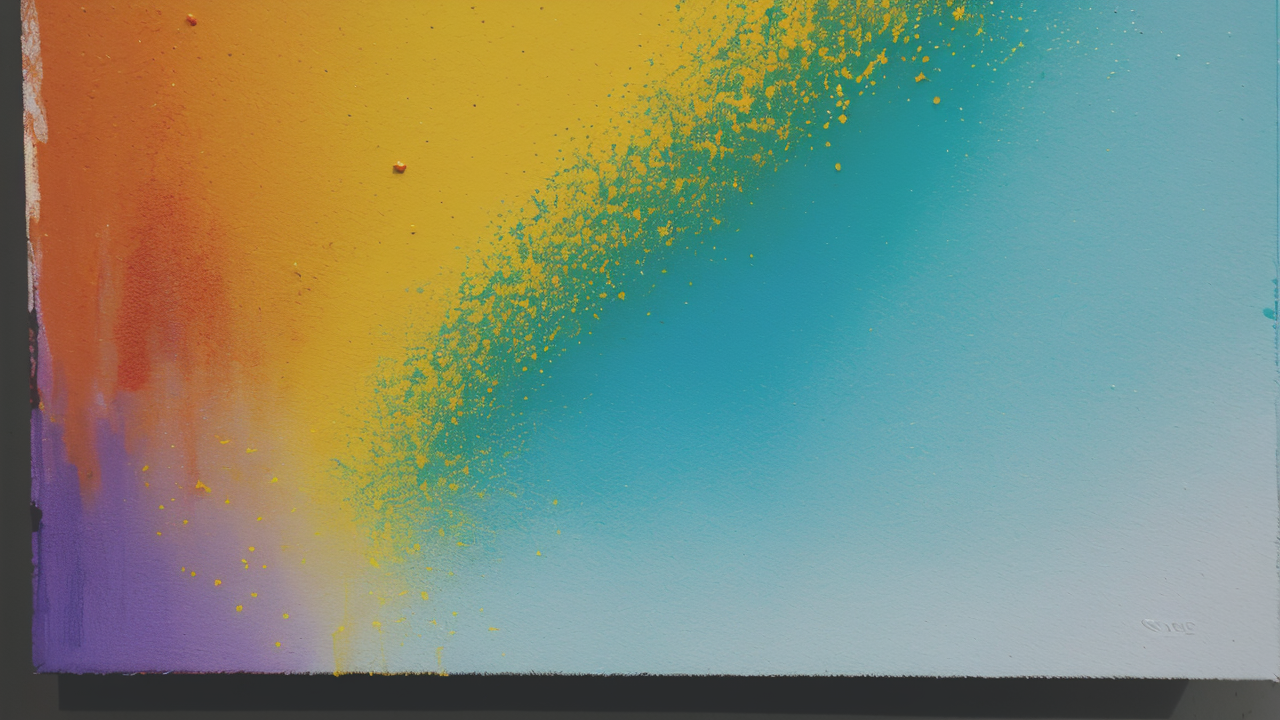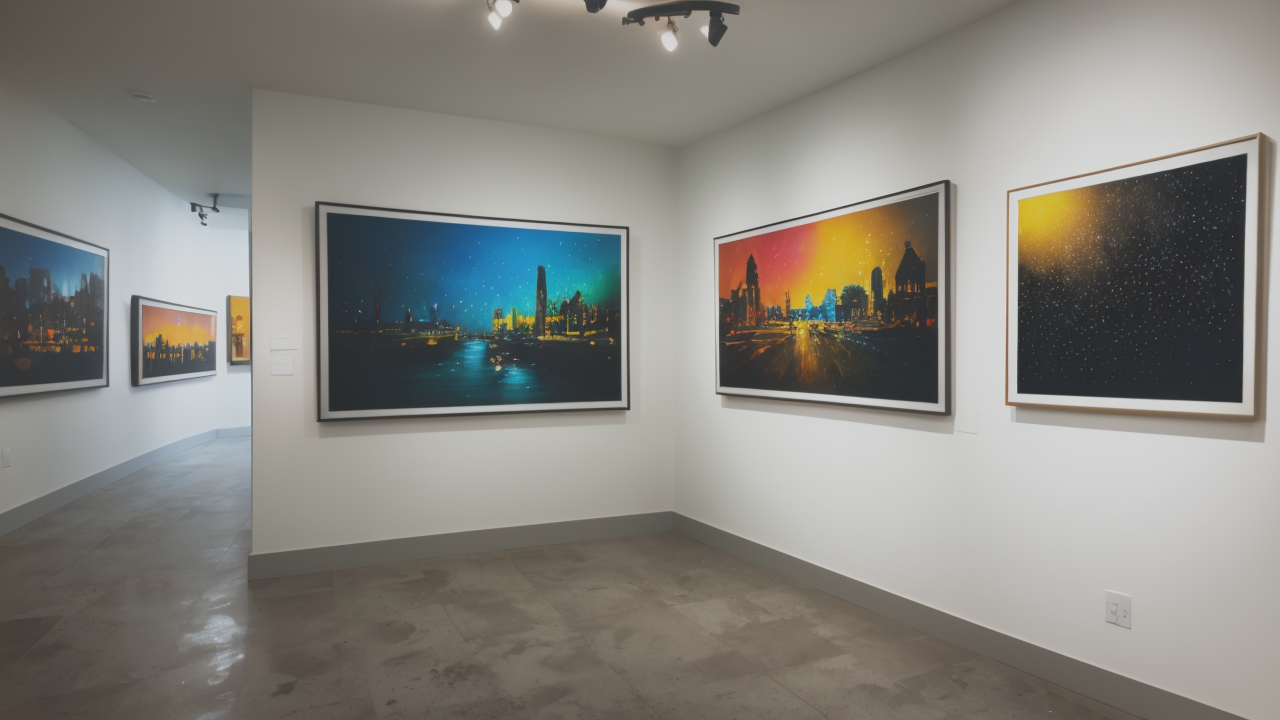
The Evolution of Color in American Abstract Art: A Historical Perspective
Understanding the Fundamentals of Color Psychology in Painting
The Impact of Color on Emotions and Perceptions
Colors play a big role in how we feel and think. They can make us happy, sad, or excited. Red often makes people feel energetic. Blue can be calming. Yellow might make you feel cheerful. Green reminds many of nature and growth.

Artists use these color effects to set moods in their paintings. Warm colors like red and orange can make a space feel cozy. Cool colors like blue and green can make it feel peaceful. By using the right colors, artists can better share their ideas and feelings.
Color combinations also change how we see art. Some colors look good together, like blue and orange. Others, like blue and green, create a calm feeling. When artists know how to use these combinations, they can make their paintings look amazing and feel powerful.
How to Select the Right Palette for Your Project
Choosing colors for your painting is very important. First, think about the feeling you want to share. If you want a calm mood, use cool colors. For an exciting mood, use warm colors.
Think about what you're painting too. If it's nature, use earth tones and greens. For people, you might need skin colors and clothes colors. For abstract art, you can try bold, unusual color mixes.
It's best to use only 3-5 main colors. This helps your painting look neat and not messy. You can always add small bits of other colors for interest. Remember, white and black can make your colors lighter or darker.
Try your colors before you start your main painting. Make small color tests to see how they work together. This helps you make sure your colors will look good. Don't worry if you need to change your colors as you paint. Sometimes, you find the best colors while you're working.
Advanced Techniques for Colorful Painting Creation
Exploring the Power of Color Mixing and Layering
Mixing colors is key to making vibrant paintings. Start with red, blue, and yellow. These are primary colors. You can mix these to make any color. Orange, green, and purple are secondary colors. You make these by mixing two primary colors. Tertiary colors come from mixing a primary color with a nearby secondary color.

Try mixing colors in different amounts to make new shades. Adding white makes colors lighter. Adding black makes them darker. Adding gray makes colors less bright. These changes add depth to your paintings.
Layering is another way to make rich colors. Start with one color, then add thin layers of paint on top. This is called glazing. It lets light shine through the layers, making colors glow. This works well for painting skies or skin.
Try using opposite colors in your layers. A thin red layer over green can make a rich brown. Blue over orange can make interesting shadows. These layered colors look more interesting than flat colors.
Tools and Materials for Achieving Vibrant Paints
Good tools help make vibrant paintings. Buy high-quality paints with lots of color in them. They cover better and look brighter. Artist paints cost more, but they work better.
Choose the right brushes for your paint and style. Synthetic brushes work well for acrylic paint. Natural hair brushes are better for oil paint. Try different brush shapes for different effects. Flat brushes make bold strokes. Round brushes are good for details.
A palette knife is good for mixing colors and putting on paint. It can make interesting textures. You can also use it to scrape off paint and show colors underneath.
Try painting on different surfaces. Smooth canvas feels different from rough cloth. Colored backgrounds can change how your whole painting looks. Make sure to prepare your surface well. This helps your colors stay bright.
Don't forget about mediums. These change how your paint feels and looks. Glossy mediums make paint shiny and see-through. Matte mediums make paint less shiny. Texture mediums can make your painting feel rough or bumpy.
Navigating the American Art Scene: Colorful Painting Success Stories
Incorporating Colorful Paintings into Interior Design Trends
Colorful paintings are popular in American homes now. They add personality to rooms. Big, bright abstract paintings can be the main focus in simple rooms. Smaller colorful paintings can match other things in the room.

Think about the room's colors when choosing art. Opposite colors can look striking together. For a calm look, choose paintings with colors already in the room. It's okay to mix styles. A colorful modern painting can look good in an old-fashioned room.
The size of the painting matters too. Big rooms can have big, bold paintings. Small rooms might look better with a wall of smaller colorful paintings. Remember, art doesn't have to match perfectly. It should make the room look better and show the owner's style.
Light is important for showing off colorful art. Natural light is best, but you can use special lights to make paintings stand out. This can make the colors look dramatic, even when the room is dark.
Marketing Strategies for Colorful Artwork in the United States
Selling colorful art in the US takes many steps. First, make a good website. Show your art with clear pictures. Write about why you use certain colors and what inspires you.
Use social media like Instagram and Pinterest. These are great for showing colorful art. Use hashtags to help people find your art. Share how you make your art to interest people. Try working with interior designers to find new customers.
Join art fairs and shows. Here, you can show your art to buyers and galleries. Make a set of colorful paintings that go well together. Sell prints or small paintings too. This lets people with different budgets buy your art.
Talk to local businesses. Ask to show your art in cafes or offices. This helps more people see your work. You might sell art or get new jobs this way. Try working with companies that focus on color. You can help each other get more attention.
Tell a story about your use of color. Explain what makes your art special. Talk about how your colors make people feel. This helps your art stand out. Remember, people often buy art because it makes them feel something, not just because it looks nice.


